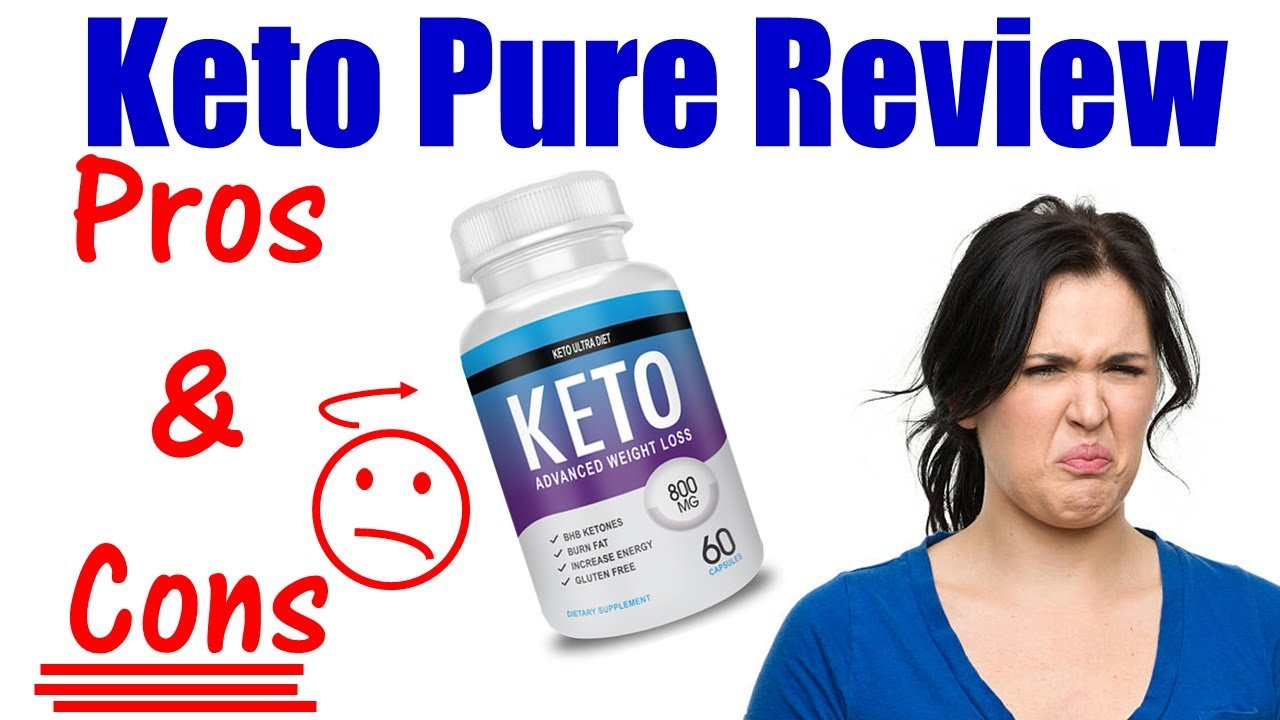
Getting a pimple or two on your cheeks especially when you are a teenager is nothing unusual, but when the pimple breakout covers a large surface of your cheeks, becomes red and painful, it means you have developed cystic acne.
Cystic acne also is known as nodulocystic is a severe skin condition whereby beneath the skin layer are blocked thus causing infection and inflammation notes the Medical News Today.
However, despite the lack of any known wonder cure for severe acne, it can be managed effectively with the assistance of your doctor.
Besides being the most severe type, when it compared to regular type is bigger and found deeper in the skin while the other types appear on the surface of the skin.
health line notes that cystic acne usually resembles boils that appear on the cheek. Other common characteristics on the cheeks include:
Acne breakouts occur as a result of blocked skin pores due to overproduction of sebum and dead skin cells leading to inflammation caused by bacteria. Cysts are therefore the severely inflamed and ruptured type of acne notes medical news.
Cystic acne breakouts on the cheeks commonly affect teenagers and young adults of approximately the ages between 10- 30 years of age. However, it only affects fewer people as compared acne.
The major cause of severe breakouts is hormonal changes during puberty, more so due to the increase of androgen which accelerates sebum production and growth of skin cells notes medical news.
Other factors that contribute to cystic acne breakouts on cheeks include:
Treatment for severe acne requires assistance from a doctor to prevent scars and treat any signs of scarring.
Long-term treatment cases of acne may include the use of birth-control pills to suppress the production of sebum.
In some cases, oral medication consisting of estrogen and progesterone are used for half a year or more: usually, synthetic steroids such as spironolactone, that inhibit androgens are used notes medical news.
However, use of the oral contraceptive method is not effective for everyone. Especially for individuals who smoke, get blood clots or trying to conceive.
This involves the direct injection of steroid medicine such as corticosteroid into a cyst to reduce inflammation and prevent scarring notes medical news.
However, this treatment method should only be carried out by a dermatologist and may have side effects in the area where the injection is done.
Medication such as isotretinoin sold under different brand names such as absorica, amnesteem, Claravis, myorisan and sotret is very effective in treating severe cases.
However, the use of this drug has adverse side effects which may include depression, liver damage, eye and genital drying, pain in the joints and increased lipid levels.
Additionally, this drug should not be taken during pregnancy as it may lead to birth defects, loss of pregnancy, premature birth or death of the child due to its teratogenic nature notes medical news.
Women are required to incorporate two methods of contraception for one month before, during and after treatment using this drug, especially if they can conceive.
A Severe type of acne such as cystic acne can be treated by over the counter (otc) drugs such as benzoyl peroxide. The treatment involves the direct application of the formulation of the affected area.
The formulation comes in two options that are water-based or alcohol-based and the best choice for this treatment method depends on your type of skin medical news.
Moreover, there are also cleansing bars and fluids, creams, gels and lotions containing benzoyl peroxide which can be used at least twice a day.
The side effects of using this treatment method include skin irritation and in very few cases allergies.
Topical retinoids are obtained from vitamin A. retinoids work by unclogging hair follicles to remove and prevent severe acne health line.
This method works best when used with topical antibiotics and can be used daily. Retinoids come in the form of creams, gels, and lotions.
There is a high possibility of cystic acne scarring on the cheeks. However, the risk of scarring can be minimized by resisting the urge to pick or pop the cysts: picking or squeezing the cysts will only cause the problem to exacerbate by causing the infection to spread.
Although it’s better to prevent the development of acne scars, numerous treatment methods allow you to minimize scarring.
Nonetheless, it is vital to treat first and later address acne scarring once the breakouts are under control.
In cases of cystic acne, it is vital to see a dermatologist to get the infection cleared up. A dermatologist will be the best person to prescribe the best removal method and also assist in the prevention of future occurrences breakouts.